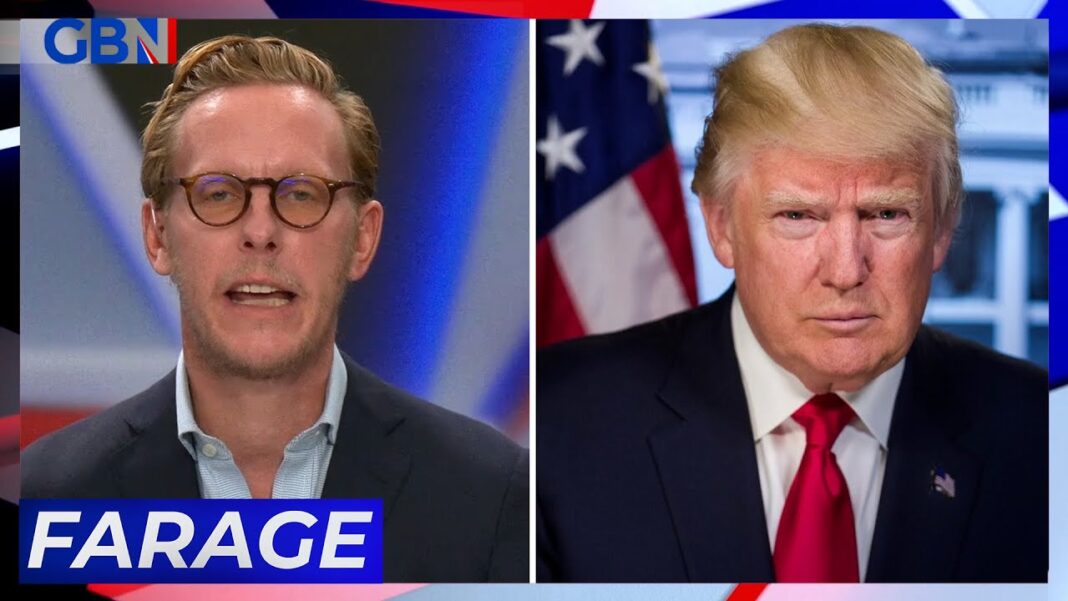
Is the job market set to turn sharply negative very soon? Despite the Biden, administration touting the fantastic jobs situation in America, more astute economic followers knew this was to be a short-lived phenomenon – even cooking the books.
Sheer JOLTing shock reported that not only was the July surge revised sharply lower but that in August, the labor market cratered as job openings tumbled to just above 10 million from a downward revised July print of 11.1 million, a collapse of 1.1 million in job openings, the biggest one-month crash outside of the covid global lockdown crash in April which was clearly an outlier.
See the current JOLTS (Job Openings and Labor Turnover Summary) report decline in the chart below and the detailed report here.
Is this enough to “jolt” the Fed and other global central banks to pivot (reverse rate hike direction) from their current rate hike cycle that is causing the global market much consternation and the global economy to stall? This is often called the Fed Pivot. This has been echoed by many major economists and market players. Mohamed El-Erian has raised the prospect of a worldwide economic disaster in the form of slowing growth, stubbornly high inflation, and surging unemployment.
Mohamed El-Erian is not the only one sounding the alarms. If you want to get the socks sacred off your feet – see here and here, but there are others all over the internet.
It appears increasingly likely that the Federal Reserve will pivot away from its currently hawkish monetary policy as global US dollar liquidity is now in the “danger zone where bad stuff happens,” Morgan Stanley’s Mike Wilson said in a Monday note. Just like the Bank of England had to intervene last week by purchasing long-dated bonds to stem soaring gilt yields, the Fed will also likely have to intervene in a similar fashion, whether that means a pause in rate hikes or full-out quantitative easing.
We previously reported that the Fed Pivot was nigh. Investors quickly read between the lines and sent Australian bond yields tumbling. But now, not only the Fed Pivot is nigh, but it has arrived. Yields on rate-sensitive three-year Australian government bonds plunged by the most since 2008 after the central bank raised interest rates by a less-than-expected 25 basis points, in what Bloomberg said was “the biggest dovish shock since 2008.”
This is just one global central bank signaling the pivot, but remember, most global central banks work together. But it is not just global central banks and economists – the UN is getting into the act.
United Nation Conference Trade and Development (UNCTAD), the UN agency dealing with global trade, is demanding “all” central banks stop rate hikes and instead switch to price controls (as if price controls have worked well in the past). See their rather detailed report here. They state the following as their rationale.
The acceleration of inflation beginning in the second half of 2021 (see chart below) and continuing even as economic growth began to slow down in the final quarter of the year has led many to draw parallels with the stagflationary conditions of the 1970s. Despite the absence of the wage-price spirals that characterized that decade, policymakers appear to be hoping that a short sharp monetary shock – along the lines, if not of the same magnitude, as that pursued by the United States Federal Reserve (the Fed) under Paul Volker – will be sufficient to anchor inflationary expectations without triggering a recession.
Without undermining the positive role financial instruments can play in boosting liquidity and reducing hedging costs in these markets, UNCTAD (TDR, 2011) proposed a series of market-level reforms that could help reduce the distortions and volatility such instruments can introduce. These included:
- Greater transparency in physical markets through the provision of more timely and accurate information about commodities, such as spare capacity and global stock holdings for oil, and for agricultural commodities, such as areas under plantation, expected harvests, stocks, and short-term demand forecast.
- A better flow of, and access to, information in commodity derivatives markets, especially with respect to position-taking by different categories of market participants.
- Tighter regulation of financial market participants, such as setting position limits, to reduce financial investors’ impacts on commodity markets; for example, proprietary trading by financial institutions involved in hedging transactions of their clients could be prohibited because of conflicts of interest.
- Market surveillance authorities could be mandated to intervene directly in exchange trading on an occasional basis by buying or selling derivatives contracts with a view to averting price collapses or deflating price bubbles.
These are rather frightening policy ideas as, if implemented, they would destroy any semblance of free markets we have left. You may say, “Well, this is just another globalist institution that has no power.” But remember another UN agency, the WHO, who supposedly had no power but gave us lockdowns, masks, and mandated vaccine guidelines that many governments followed.
Often globalists use the UN as a mouthpiece to implement their ideas from behind. Will the global monetary and economic policy be run centrally now from the UN, with their puppet masters pulling the strings from behind?
What could go wrong?
In any case, if what we see in Australia materializes across the globe, the “Great Reset” moves into overdrive. The Fed Pivot happens as the central banks oil up their money printing machines to destroy what value is left in paper money.
By Tom Williams







